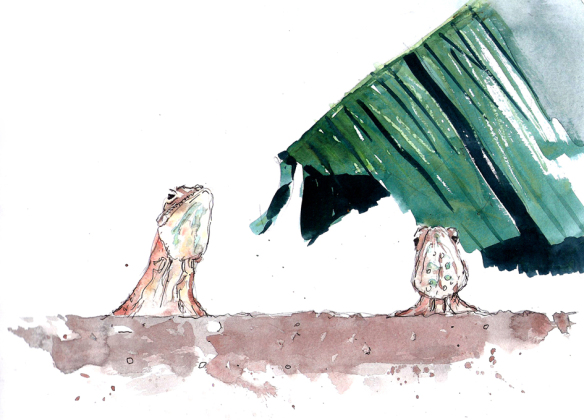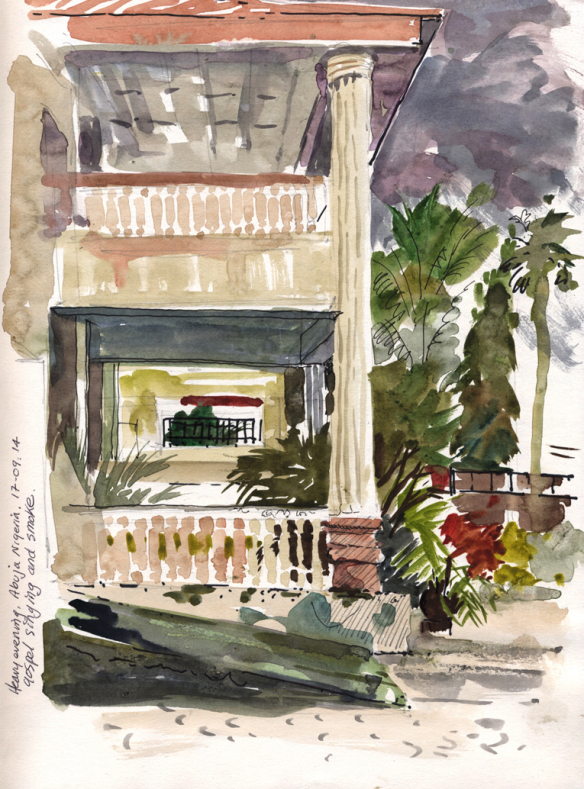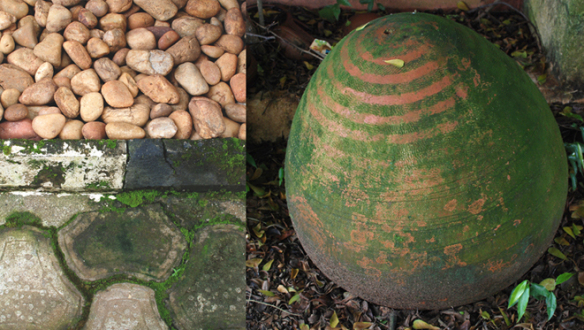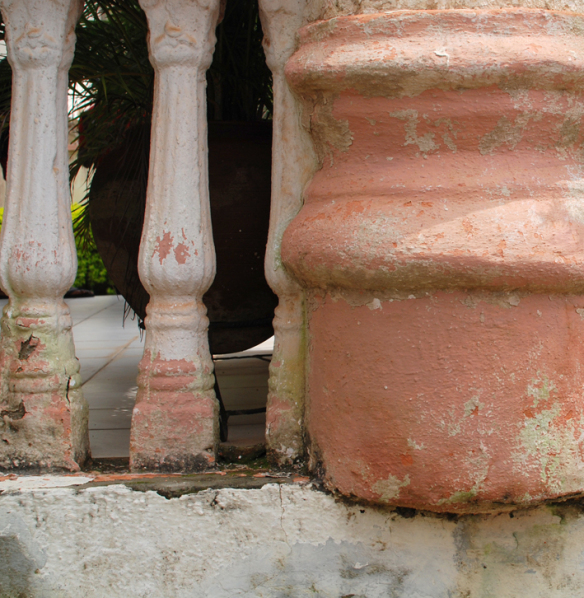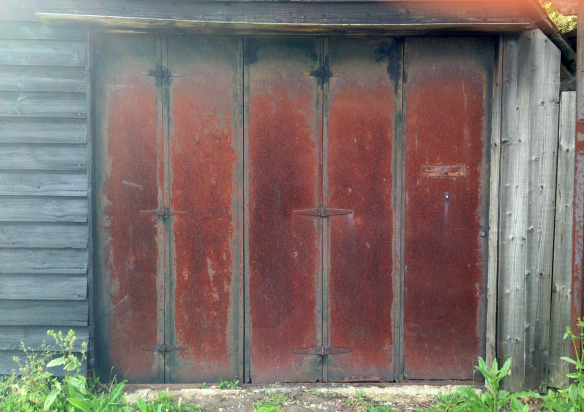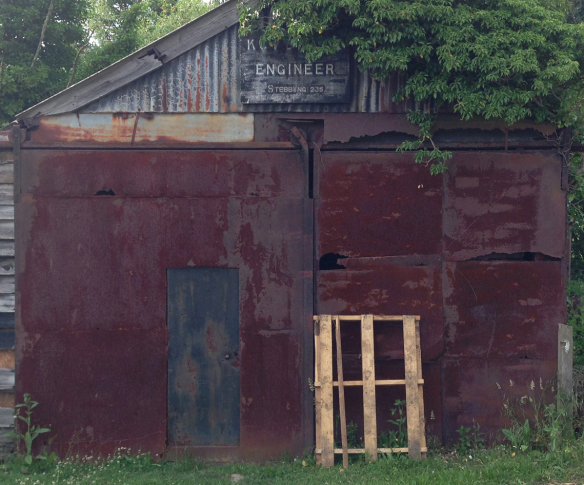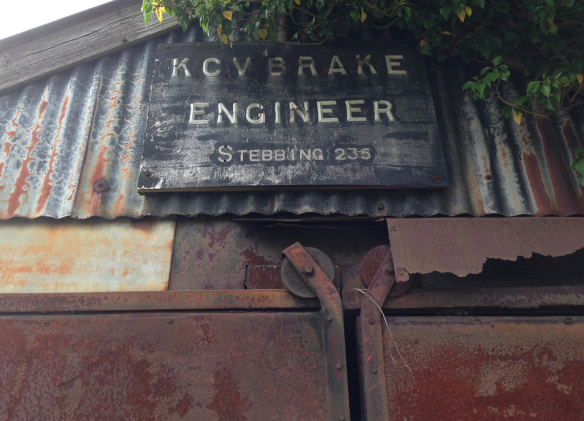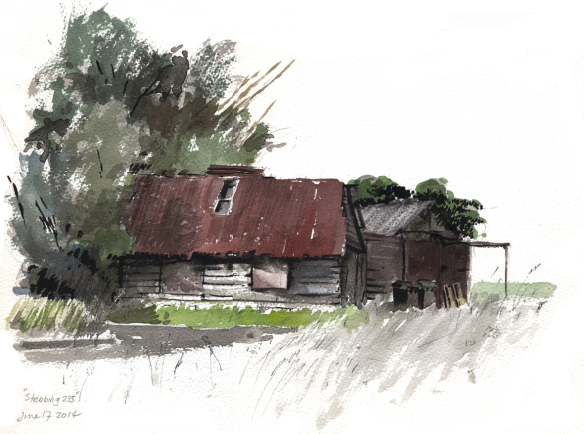We set off for Osogbo. A short distance down the expressway we pull up at a pre-arranged rendezvous point (gas station) to meet the printer (a cousin) who has with him the funeral invitations with matching envelopes. Cheerfully brushing off the pressure he has been under to deliver to a deadline, he has no idea yet how late the copy for the Order of Service booklet will be! Of course I can say that in hindsight, but my own experience tells me that these things never run to schedule, but the man, or woman, at the end of the chain always has to deliver!
Our driver was Michael Oladiti, known as “Ditti”. A tall, quiet man who also works for Bosun as a mechanic, he lives along our route in sprawling Ibadan, and is keen to get us to Osogbo and return home before dark. The drive to Osogbo took around three hours, much shorter thankfully, than the last time we travelled this way (which took an incredible 12 hours, partly because the road wasn’t finished!) and was uneventful due to the unhurried yet professional manner in which Ditti drove. The now familiar southern Nigerian scenery of thick green bush, orange sienna soil, roadside truck repairs, hawkers and machines (often with two, three or even four riders on board, sometimes whole families with babies) passed by the window for mile after mile. Trucks often have hand painted signs on the tailgate or sides and cabs, some artistically rendered like murals. Some have polite warnings about overtaking or spiritual messages..…”God is great” is common. As we made our way, we listened to the laid-back music of Evangelist Ebenezer Obey, whose songs of philosophy and faith are accompanied by light guitar and percussion. I liked it so much I ended up buying the cd’s from Ditti.
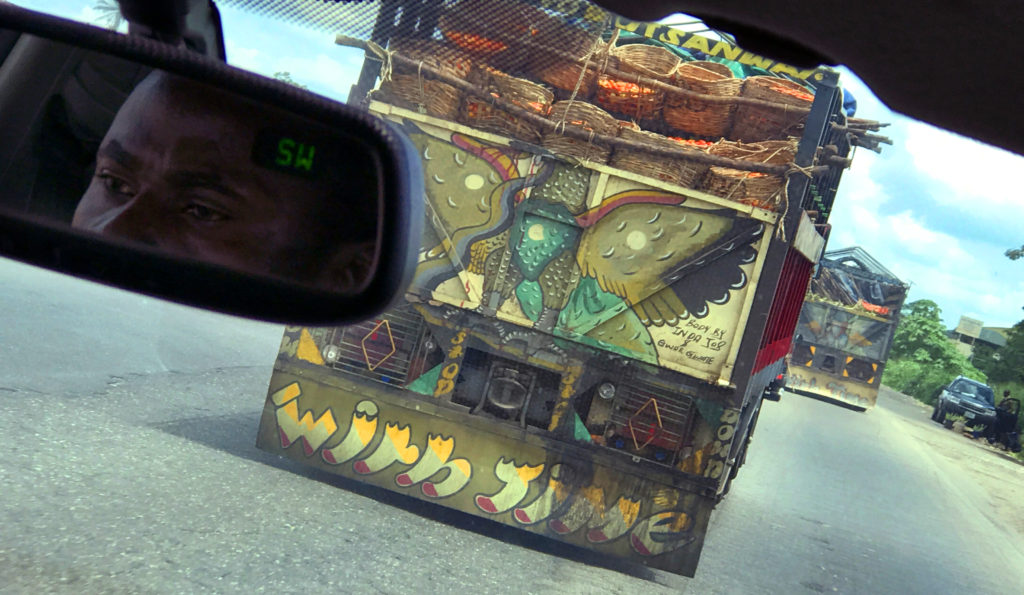
At Ibadan, I looked beyond the endless sprawl of rusty tin roofs punctuated by churches and mosques, with black kites wheeling above, to the blue hills beyond. I was reminded that just there, a few miles over those hills in the Omo Forest Reserve, a population of chimpanzees apparently still survives and, it is rumoured, even some forest elephant. Doesn’t seem possible amongst all this noisy, choking activity, and one of these days I would maybe find out for myself. It’s a comforting thought that we share the world with all sorts of wonders. All conjoured up in the mind of my younger self with just one word – ‘tropical’. For this I have to thank the Brooke Bond tea cards my sister and I collected as children in the 1960’s. One album was Tropical Birds, illustrated by the great Charles Tunnecliffe. As a small boy, looking at those images of exotica fuelled my imagination and now of course, I have seen some of the very same birds that are illustrated in that booklet at first hand, both in Venezuela and in Africa. I’m pretty sure that early experience has carried through to today, which is probably why I find all this so exciting. Perhaps I should make it a mission to see all 50 birds in real life…but that’s another adventure.

Arriving
There is something special about arriving in to the company of people you have missed, and sure enough we received a very warm welcome. Timely, too, allowing Ditti to return to Ibadan that afternoon before dark. Many hands made light work of packaging the invites we had brought from Lagos into their envelopes and in turn sorting them into bundles for out-of-town destinations.
Baba Lawoyin had a long and distinguished career working for the Baptist Church in education, and travelled widely, living in the North in both Jos and in Kaduna. Consequently many people from across the country knew him, and his extended family comprised both Christians and Muslims. I would get to meet a great many of them in the coming weeks.
The string-tied bundles would be distributed by the Suzuki mini-bus public transport system, and after measuring us up for the outfits we will be wearing for the wake-keeping and funeral in a couple of weeks’ time, taylor Waheedi and his colleague took the bundles to the bus station. Everyone mucks in and helps out around here.
As dusk approached, heavy clouds were lit up by yellow and orange lightning, flashing left to right across the sky, momentarily silhouetting the palms and masquerade trees. I’ve never seen lightning that was not white so another first for me, and I felt curiously at home.
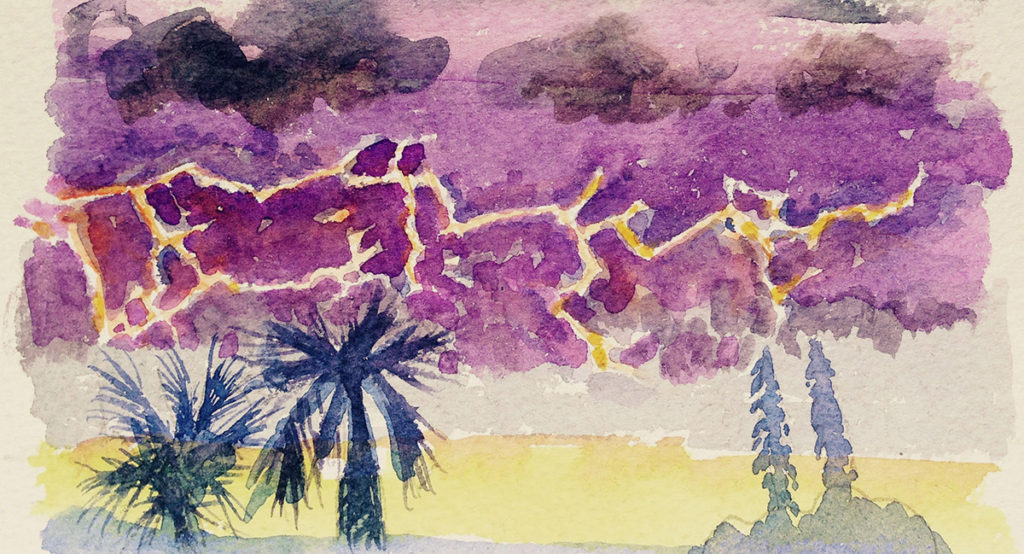
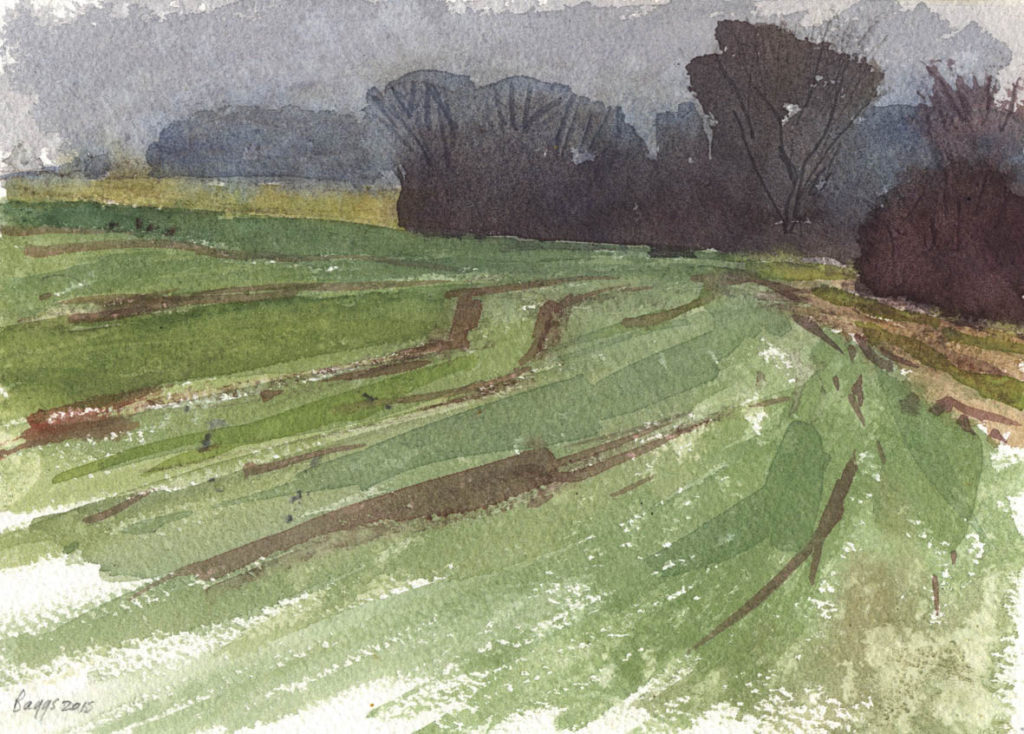

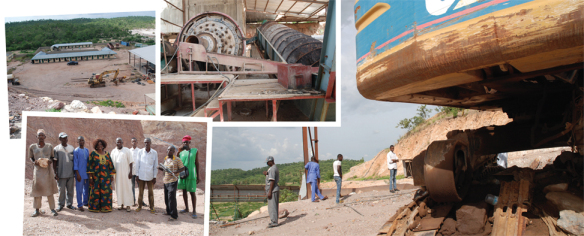

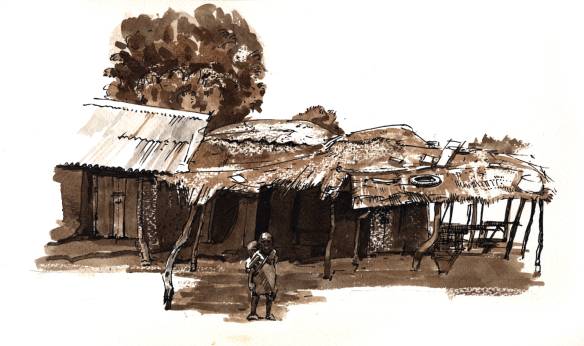
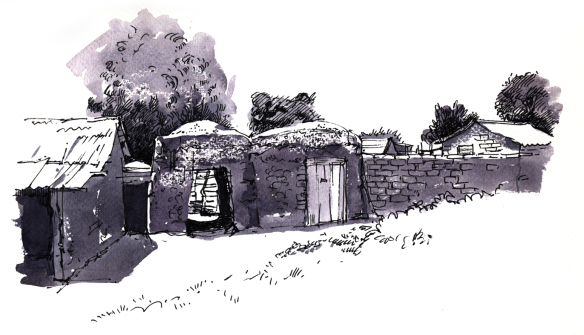
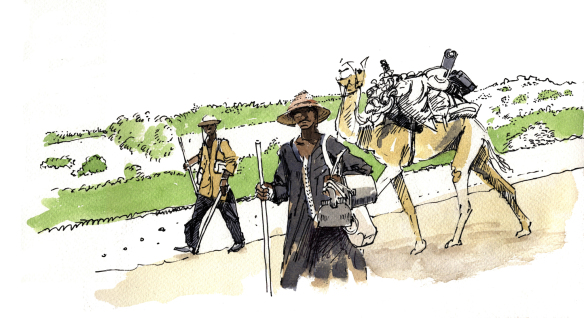
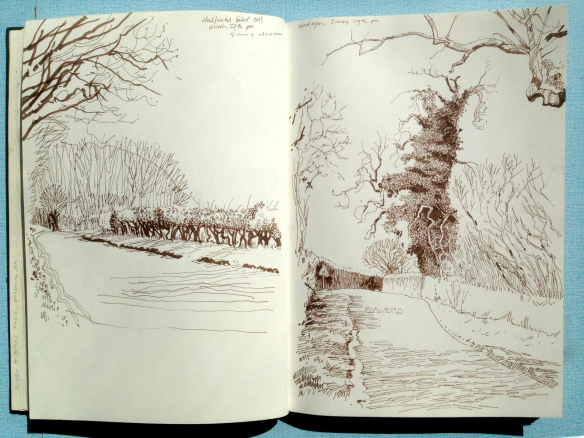
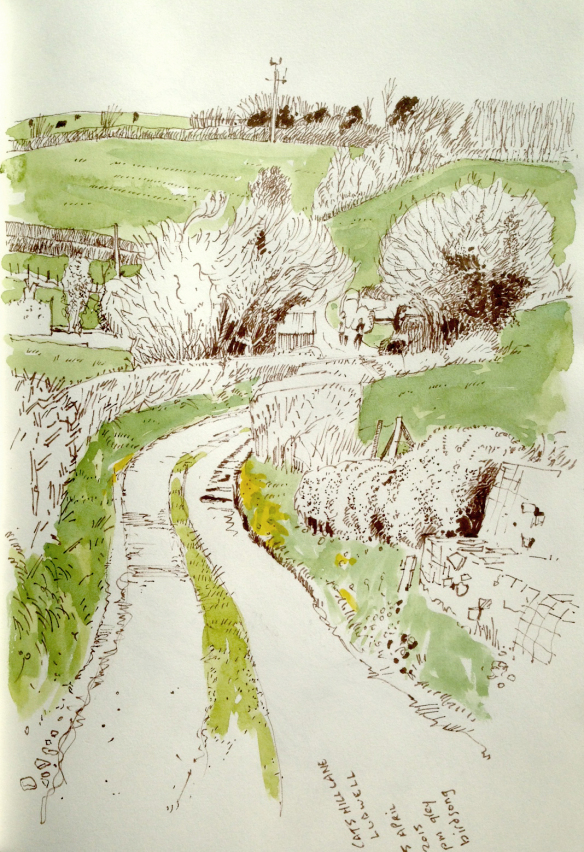
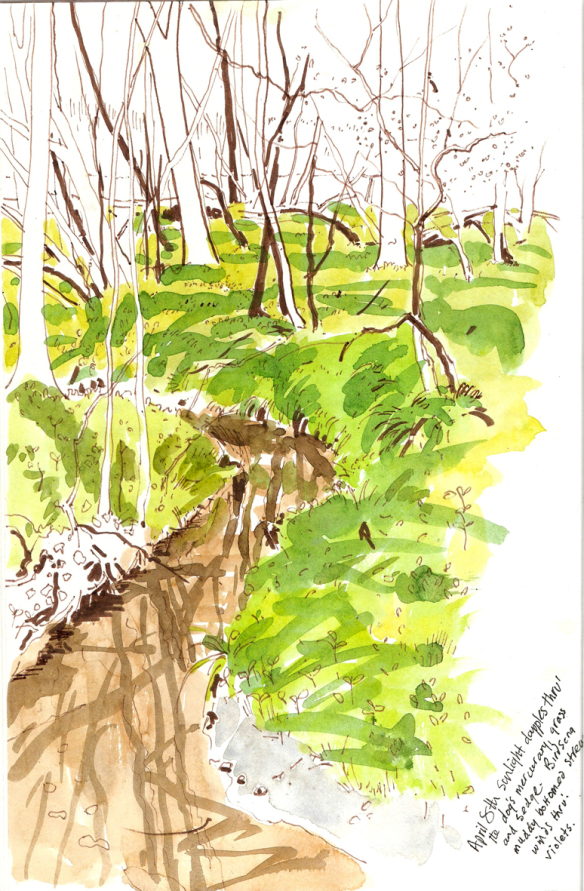
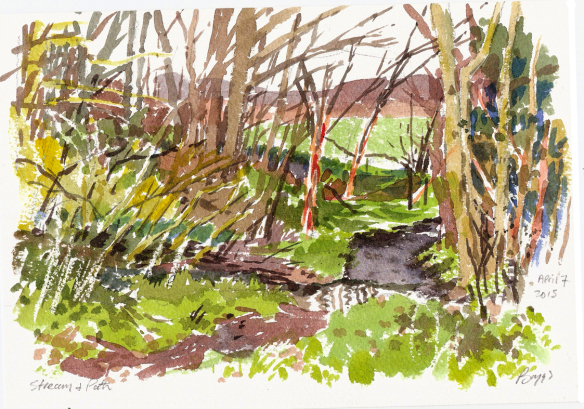
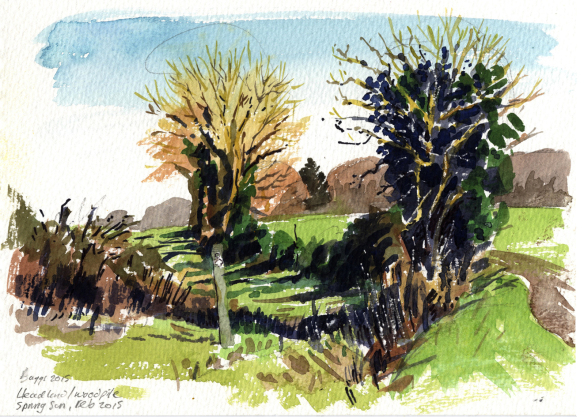 March 20th, late afternoon, a little weak sunshine and a cold wind. Still fully kitted out in hat, scarf and gloves (aiming to avoid any unnecessary discomfort) maybe I’m just getting old! This drawing is the same view from a little further to the right. I wanted to show the hedge curving uphill to the wood, from where a buzzard was mewing. Both of these were painted on the spot on 140lb paper.
March 20th, late afternoon, a little weak sunshine and a cold wind. Still fully kitted out in hat, scarf and gloves (aiming to avoid any unnecessary discomfort) maybe I’m just getting old! This drawing is the same view from a little further to the right. I wanted to show the hedge curving uphill to the wood, from where a buzzard was mewing. Both of these were painted on the spot on 140lb paper. The two sketchbook drawings below started out as felt-tip pen sketches and colour was added back at home. I like this method as it forces me to simplify things and the marks become more gestural and stylised. Also, I can’t seem to be able to “paint” landscapes indoors, I have to be out there, in the moment.
The two sketchbook drawings below started out as felt-tip pen sketches and colour was added back at home. I like this method as it forces me to simplify things and the marks become more gestural and stylised. Also, I can’t seem to be able to “paint” landscapes indoors, I have to be out there, in the moment.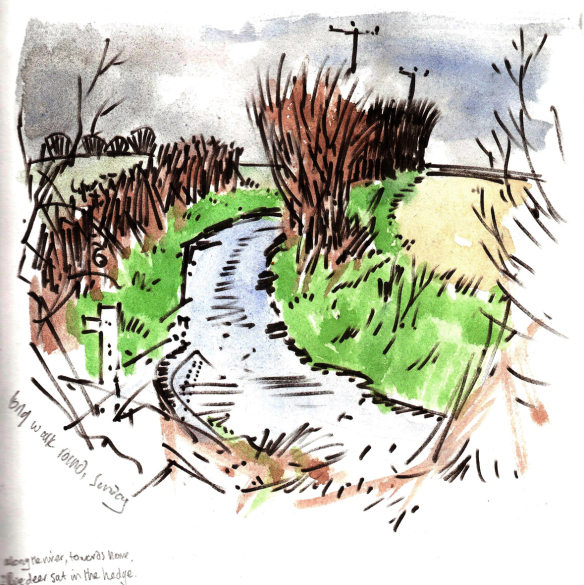
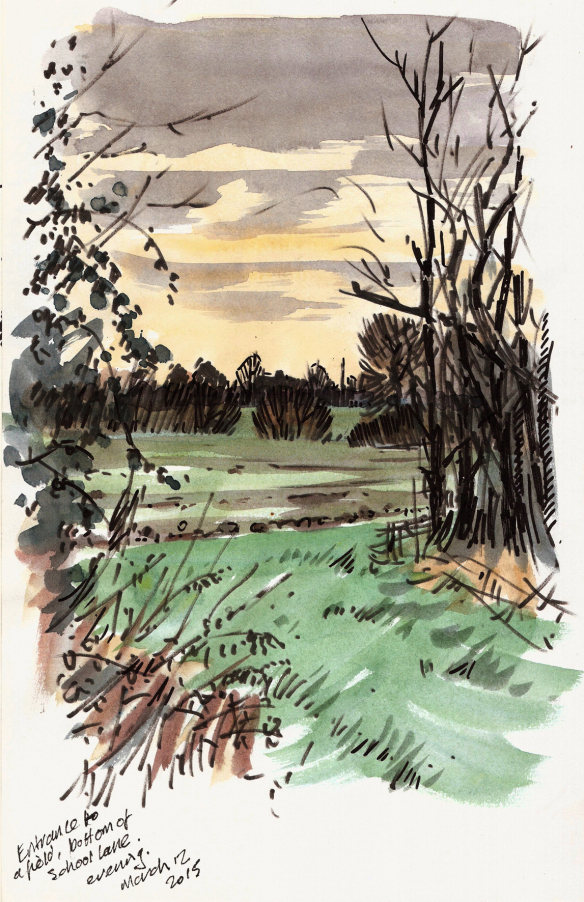 This picture was painted on another cold afternoon, but there was some sunshine. It’s a painting of not much at all, but the rows of young broad beans sweeping across the field lent themselves to the cause well enough. Apart from being a memory aid, I do see the
This picture was painted on another cold afternoon, but there was some sunshine. It’s a painting of not much at all, but the rows of young broad beans sweeping across the field lent themselves to the cause well enough. Apart from being a memory aid, I do see the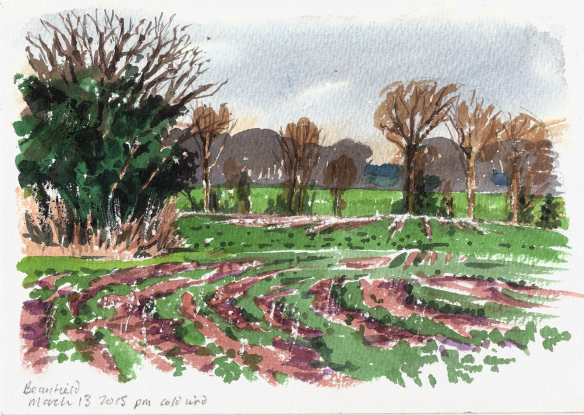
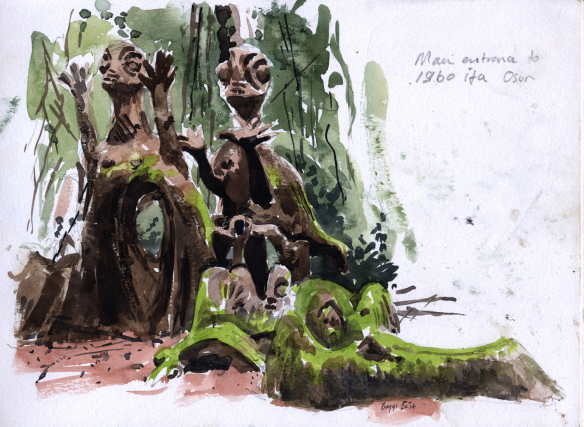 Nature reclaims all that is hers and the sculptures benefit greatly from mosses and litchens, finding a home on the rendered clay works. Adds to the mystery and spiritual energy of the place.
Nature reclaims all that is hers and the sculptures benefit greatly from mosses and litchens, finding a home on the rendered clay works. Adds to the mystery and spiritual energy of the place.
 As the patch of forest is a sacred site and therefore protected, there is much in the way
As the patch of forest is a sacred site and therefore protected, there is much in the way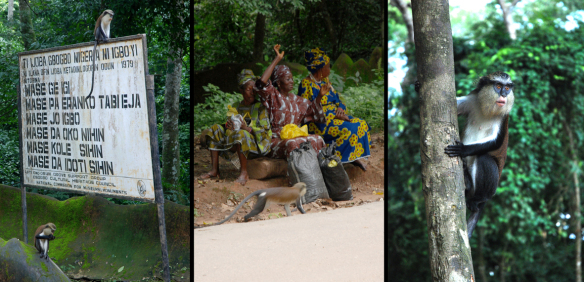 I tried to capture these monkeys very quickly before we left, constant movement and life energy…if only there was more time!
I tried to capture these monkeys very quickly before we left, constant movement and life energy…if only there was more time!
 A pair of hornbills is often seen flying across to the high trees, and the occasional hawk or small eagle is seen wheeling in the middle distance. The raw sienna coloured soil fits perfectly with the lushness of the greens, and the moody grey skies hide the sun but not the humidity.
A pair of hornbills is often seen flying across to the high trees, and the occasional hawk or small eagle is seen wheeling in the middle distance. The raw sienna coloured soil fits perfectly with the lushness of the greens, and the moody grey skies hide the sun but not the humidity.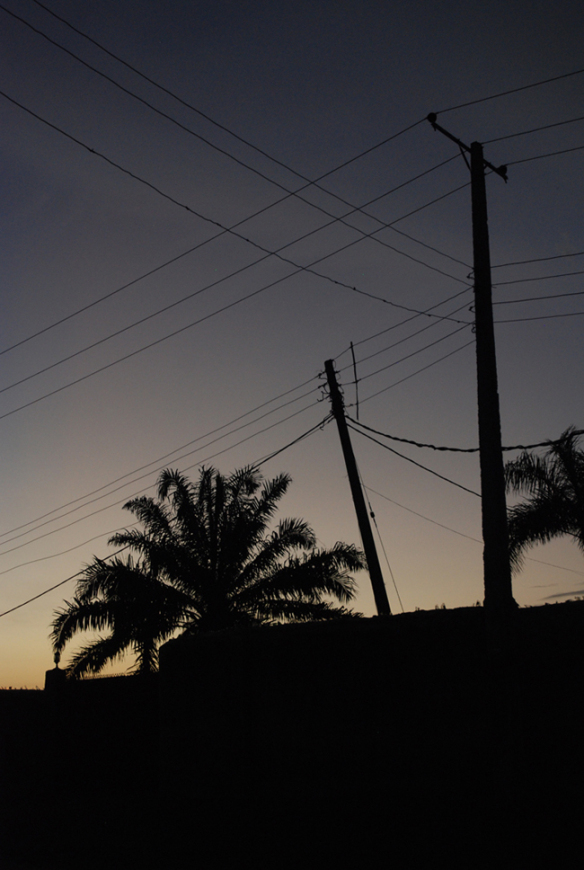 The call to prayer from the nearby mosque wakes me at five, the cockerels are crowing at six, and the gospel singing is rousing at seven…but there is no intention to stay in bed, there are new things to be discovered out there.
The call to prayer from the nearby mosque wakes me at five, the cockerels are crowing at six, and the gospel singing is rousing at seven…but there is no intention to stay in bed, there are new things to be discovered out there.